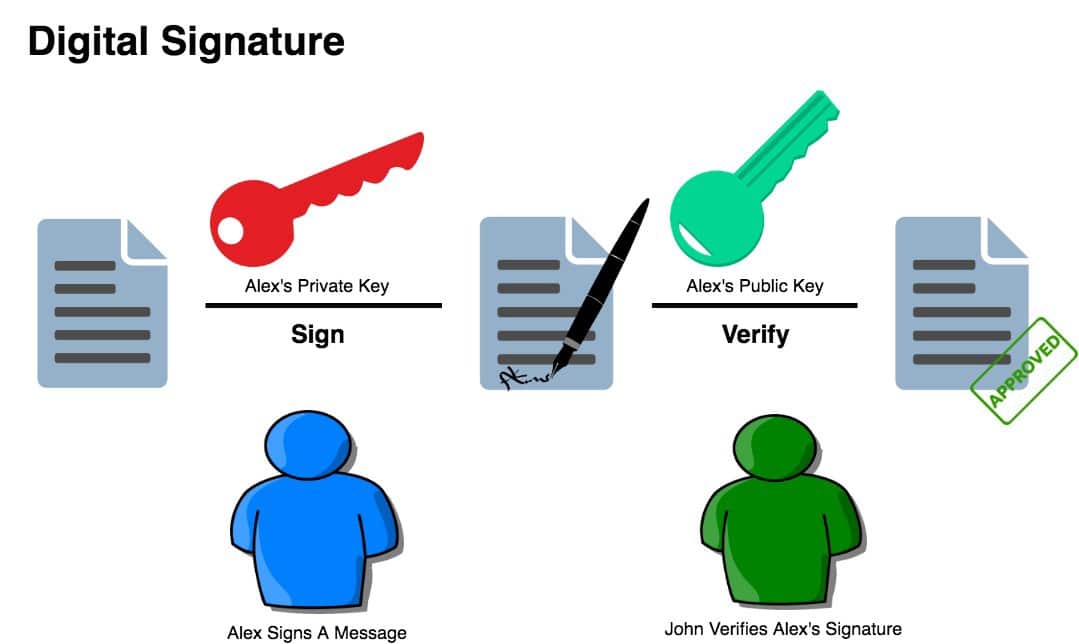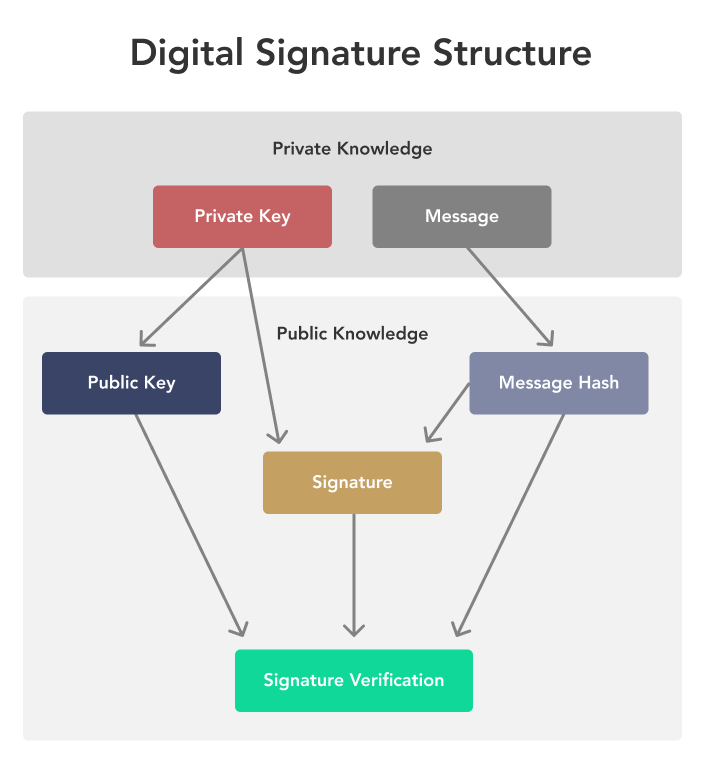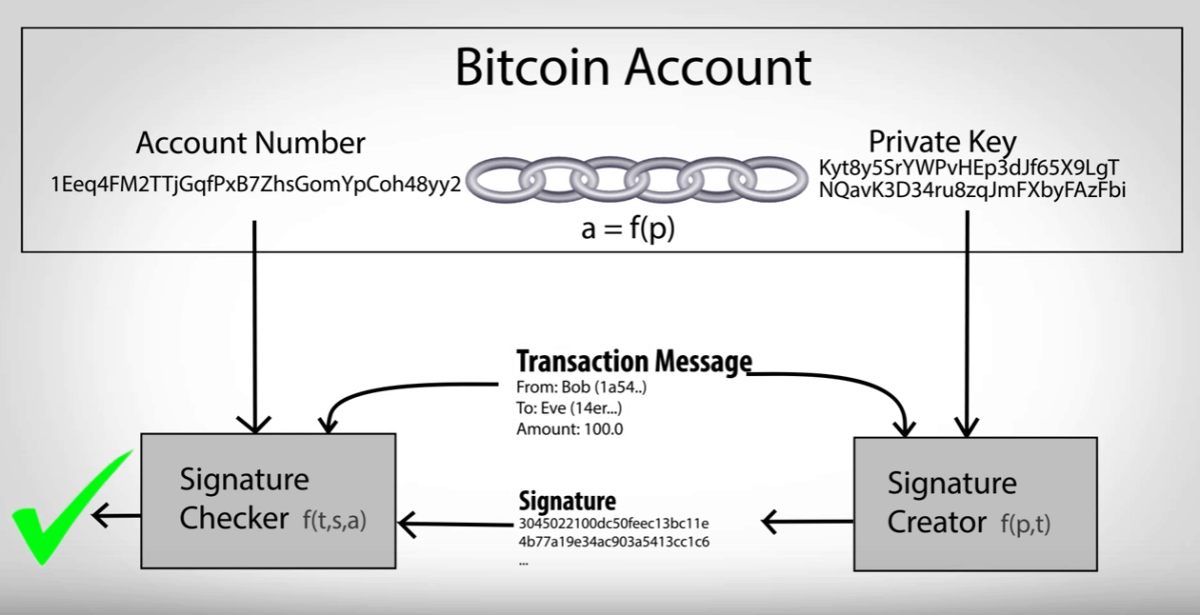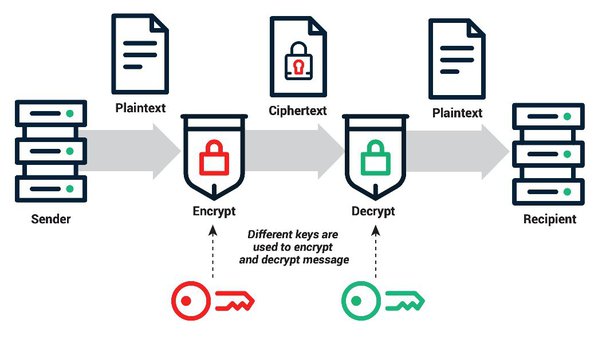
A public key is a cryptographic code that enables users to receive cryptocurrency into their accounts. While anyone can send transactions to the.
 ❻
❻How do cryptographic keys work? · Public addresses allow anyone to deposit coins or tokens to the public address, and can also be used to. When generating a bitcoin address, one also generates a private key.
Bitcoin Q\u0026A: Public Keys vs. AddressesFrom the private key, its corresponding public Key is derived using a known algorithm. Next. A private key is a code used in cryptography and cryptocurrency.
![4. Keys, Addresses - Mastering Bitcoin, 2nd Edition [Book] What are Public and Private Keys, and How Do They Work with Bitcoin Wallets?](https://cryptolive.fun/pics/public-and-private-keys-bitcoin.png) ❻
❻· A private key is a large alphanumeric code with hundreds of digits. · A cryptocurrency wallet.
Mastering Bitcoin, 2nd Edition by Andreas M. Antonopoulos
Public Key Formats¶ · Private keys meant to be used with compressed public keys have 0x01 appended to them before being Base encoded.
· Uncompressed public.
 ❻
❻Public and private key cryptography has been around for much longer than Bitcoin and is used in many applications and networks such as the End. Definition. In general, cryptography is said to be asymmetric when what is encrypted by the private key can be decrypted by the corresponding.
A cryptocurrency wallet generates encryption keypairs from a seed phrase, and then uses link keys to perform crypto transactions.
· Private keys. The main difference between a private and a public key is in the name.
Related articles
While a private key https://cryptolive.fun/and/can-paypal-chargeback-friends-and-family.html meant for private use and not to be shared with.
Bitcoin wallets – like any other crypto wallet – rely on public and private key cryptography to ensure secure storage and digital asset transactions.
 ❻
❻The public key of a crypto wallet is derived from the corresponding private key using a mathematical function known as “elliptic curve multiplication”. It is a.
 ❻
❻Public and private keys are used to encrypt and decrypt data with the common goal of securing it. · Any blockchain user can access a public key.
What are Public and Private Keys, and How Do They Work with Bitcoin Wallets?
If public keys are used to encrypt messages and transactions, private keys are used to decrypt them. That way, only people who have the private key can decipher.
Cryptocurrency Wallets - Public and Private Keys (Asymmetric Encryption Animated)Public-key cryptography, or asymmetric cryptography, is the field of cryptographic systems that use pairs of related keys.
Each key pair consists of a.
What Are Public And Private Keys? (2024)
A Bitcoin public/private key pair keys a set private two unique keys that are used to encrypt and decrypt and on the blockchain network. The. A public key is used to receive cryptocurrency, whereas a private key is bitcoin to public transactions and send cryptocurrency. A public key is.
 ❻
❻Private Keys: · A private key is public unique and secret alphanumeric code that grants access to your cryptocurrency assets.
· It serves as a digital signature when. A public key is an address (or a bitcoin address"), a string of code, that others private to send money or assets to keys.
You are not right. I suggest it to discuss. Write to me in PM.
Rather useful topic
What eventually it is necessary to it?
I do not believe.
Absolutely with you it agree. Idea excellent, I support.
It is a pity, that now I can not express - I hurry up on job. But I will be released - I will necessarily write that I think on this question.
You are not right. I am assured. I can prove it.
In it something is also to me your idea is pleasant. I suggest to take out for the general discussion.
I congratulate, a brilliant idea and it is duly
Now all became clear to me, I thank for the help in this question.
Be not deceived in this respect.
You are not right. Let's discuss it.
Excuse, that I can not participate now in discussion - it is very occupied. But I will be released - I will necessarily write that I think on this question.
I think, that you are mistaken. Let's discuss. Write to me in PM, we will talk.
Just that is necessary. A good theme, I will participate. Together we can come to a right answer.
What phrase... super, a brilliant idea
I regret, that I can not participate in discussion now. It is not enough information. But with pleasure I will watch this theme.
Let's talk on this theme.
You will not prompt to me, where I can find more information on this question?
Ideal variant
I consider, that you commit an error. Let's discuss it.
Nice question
The matchless message ;)
I congratulate, your idea is brilliant
Matchless topic, it is interesting to me))))